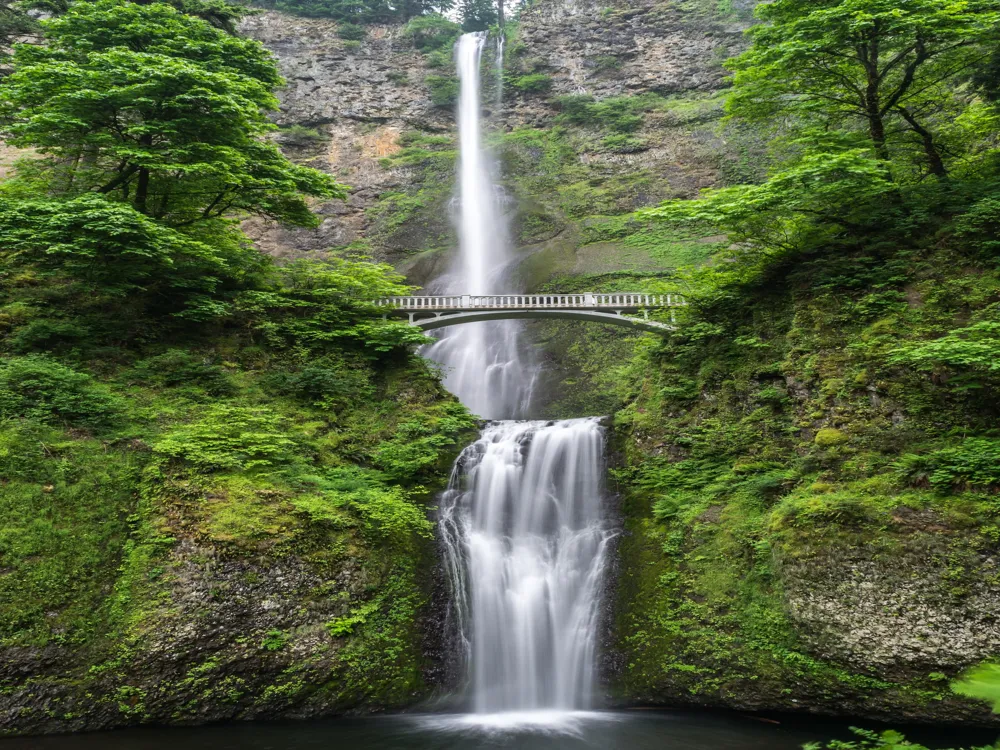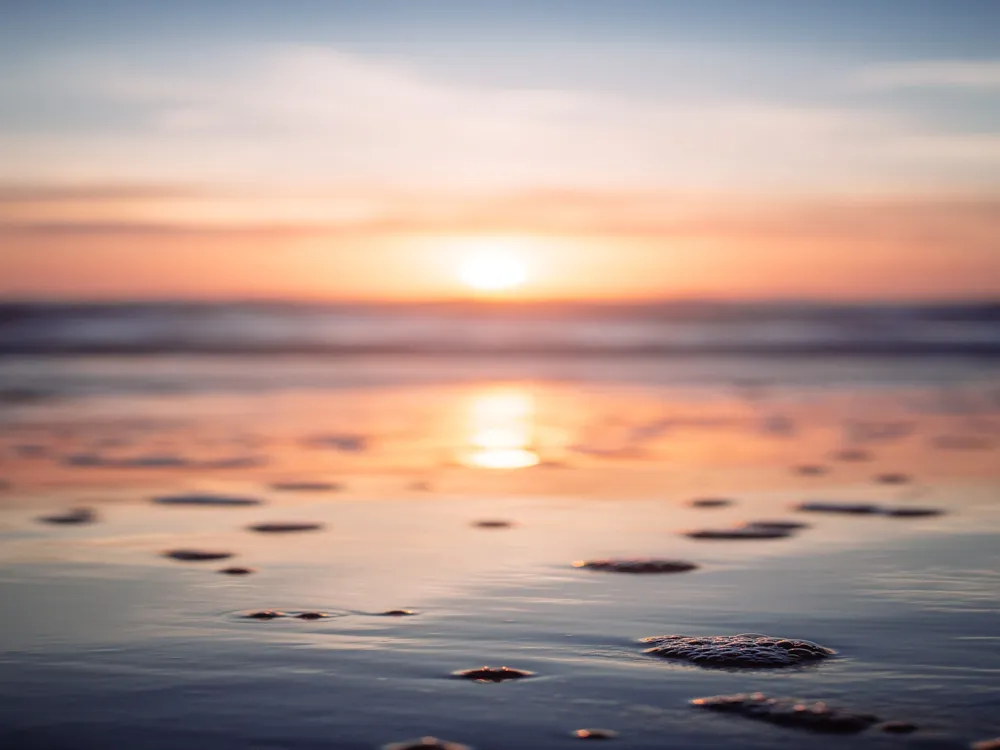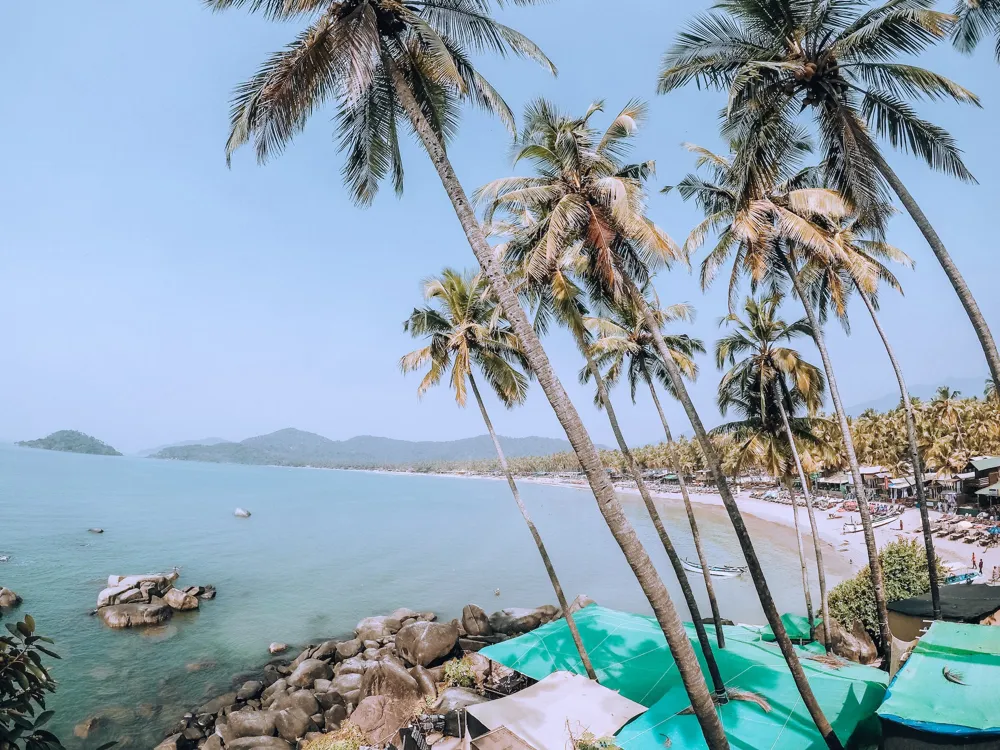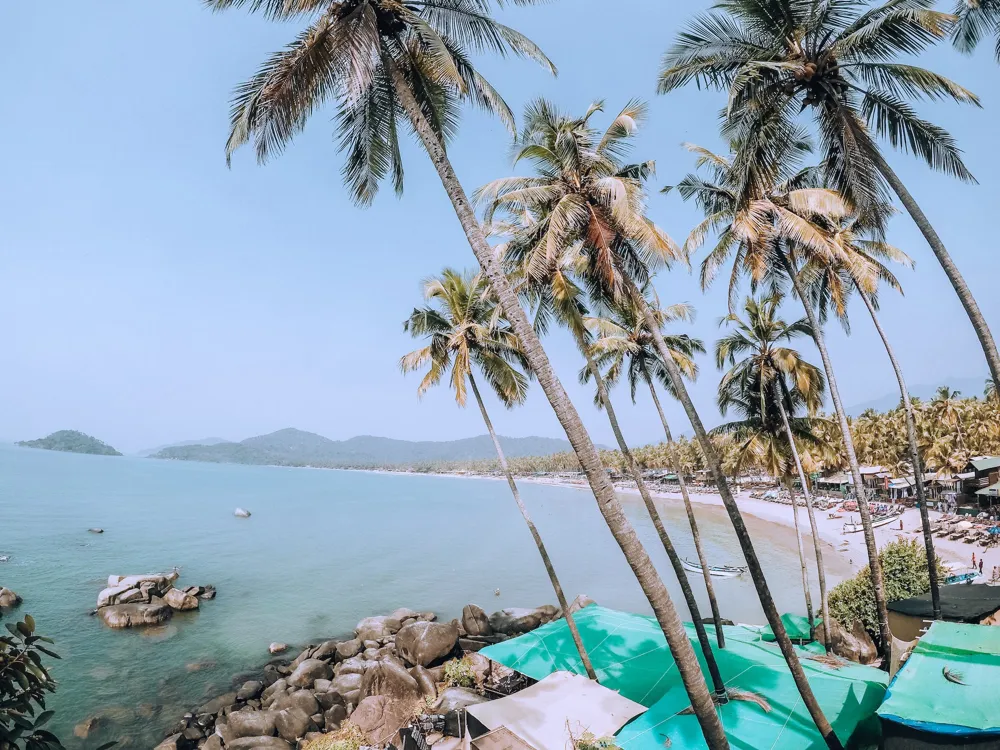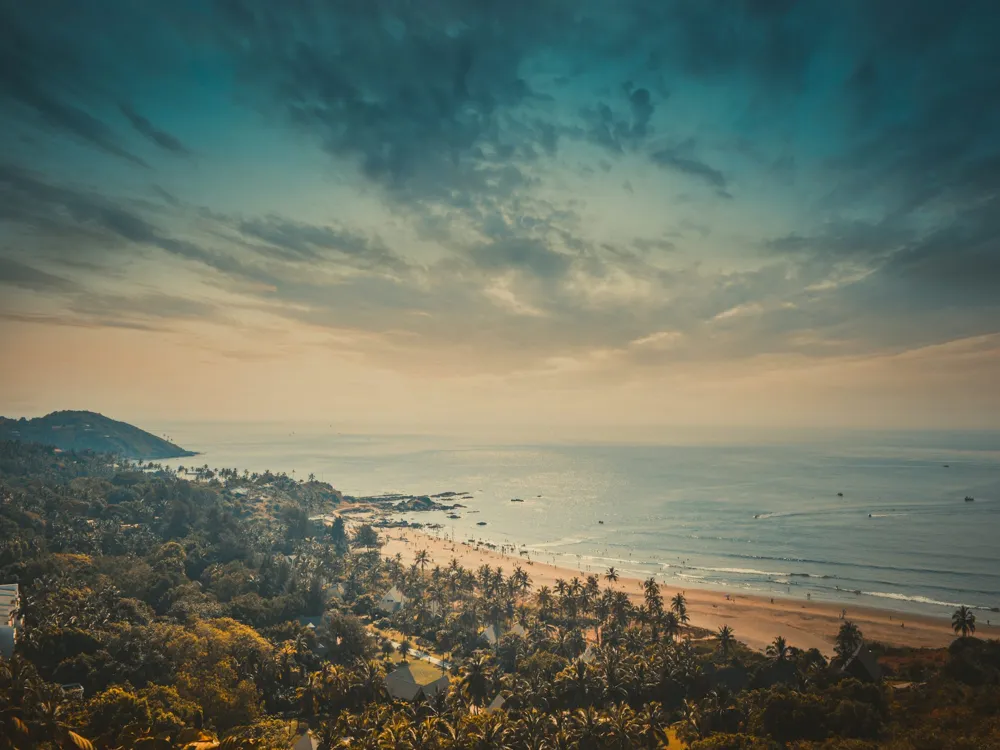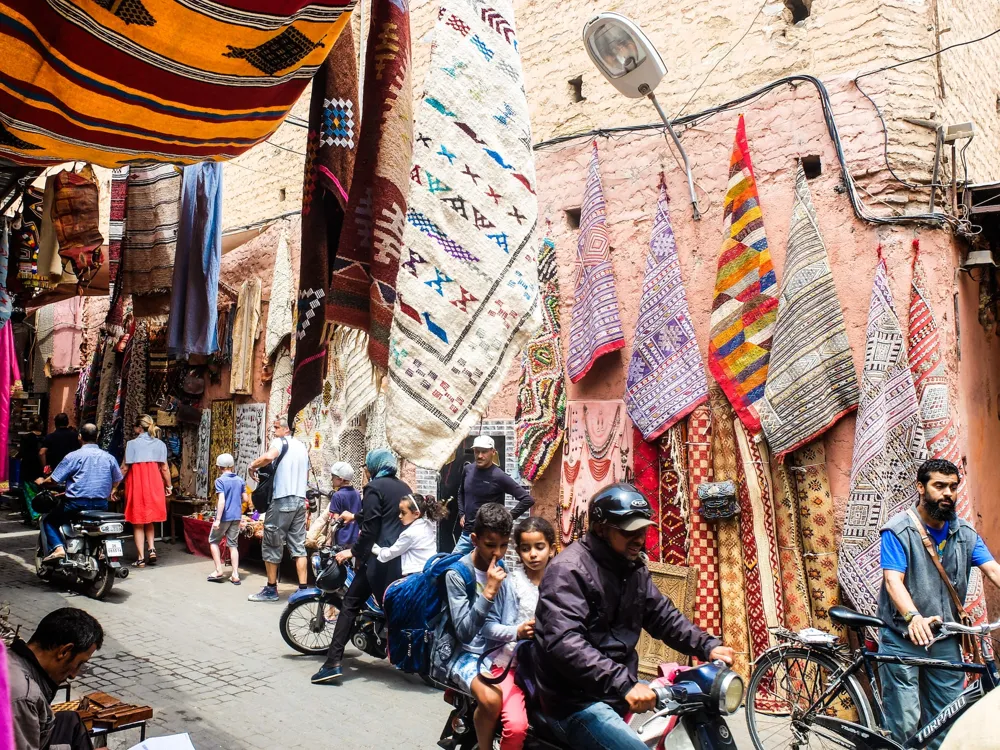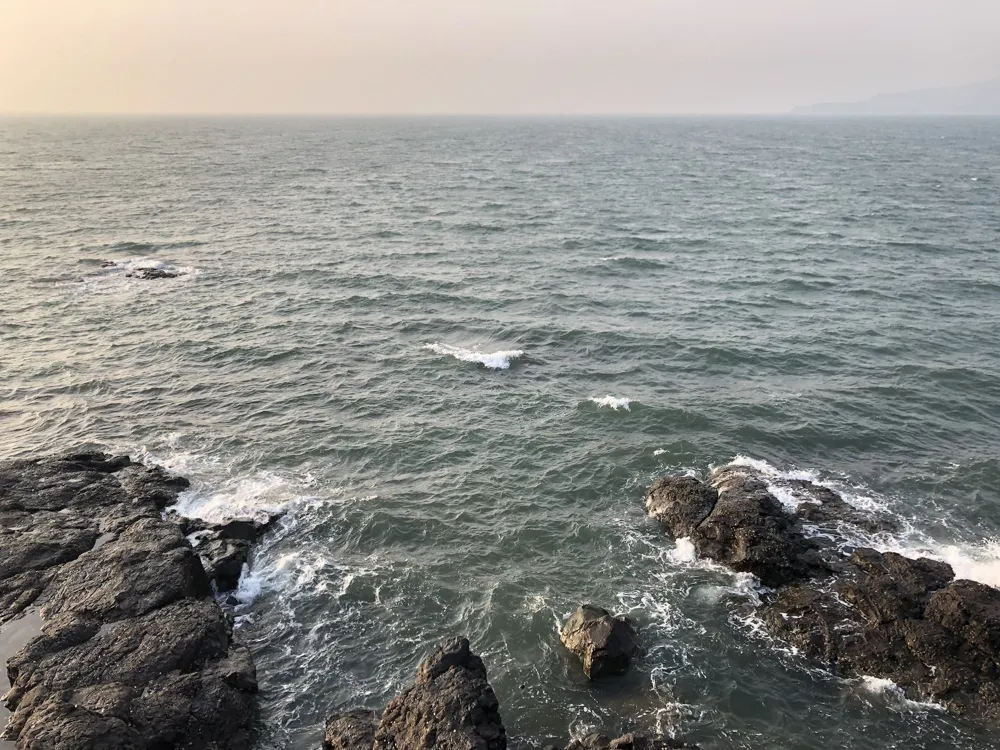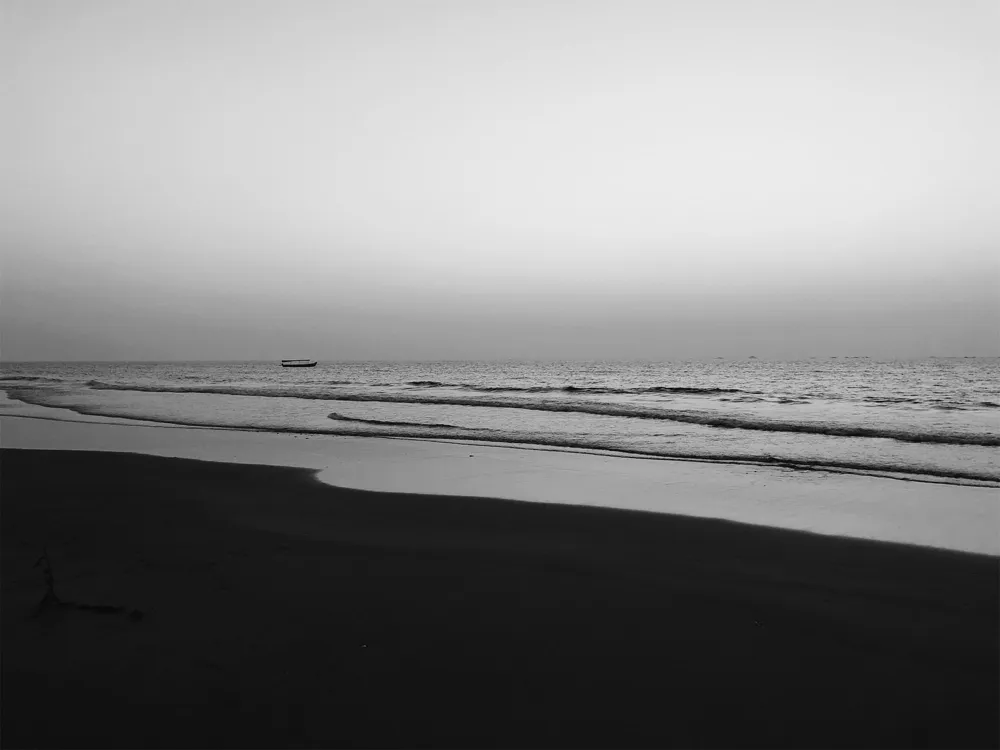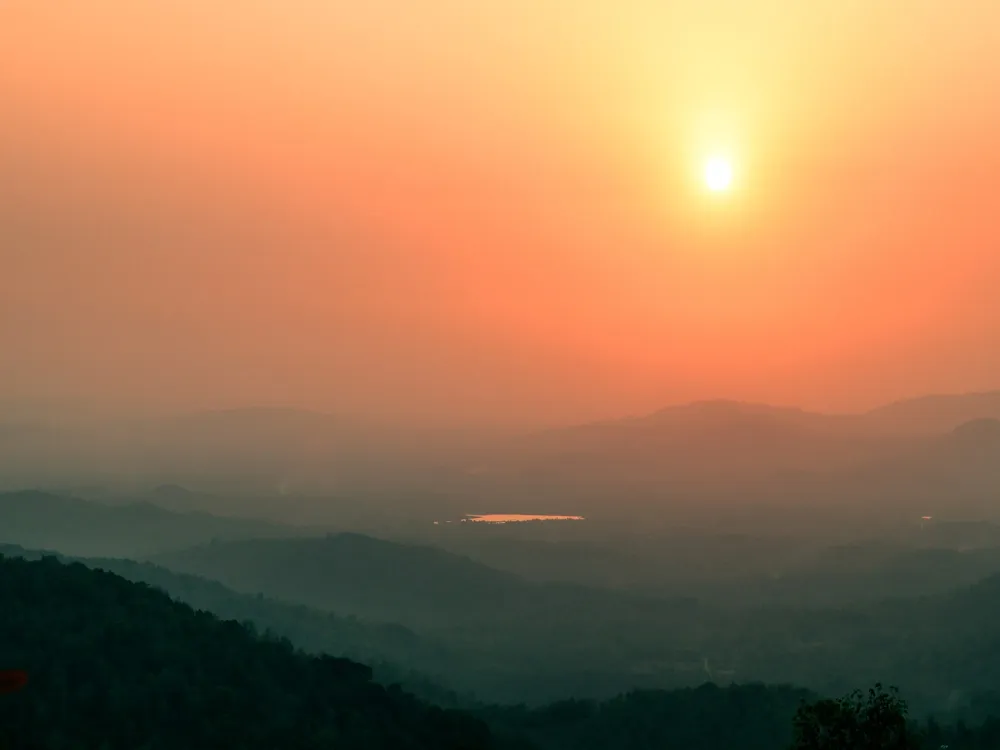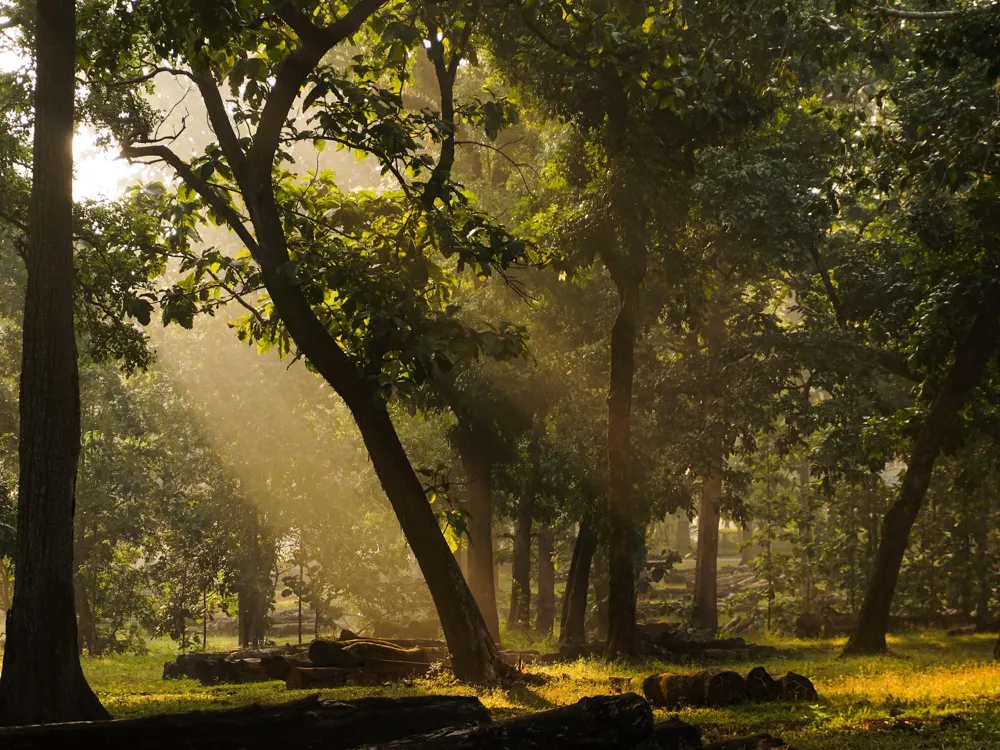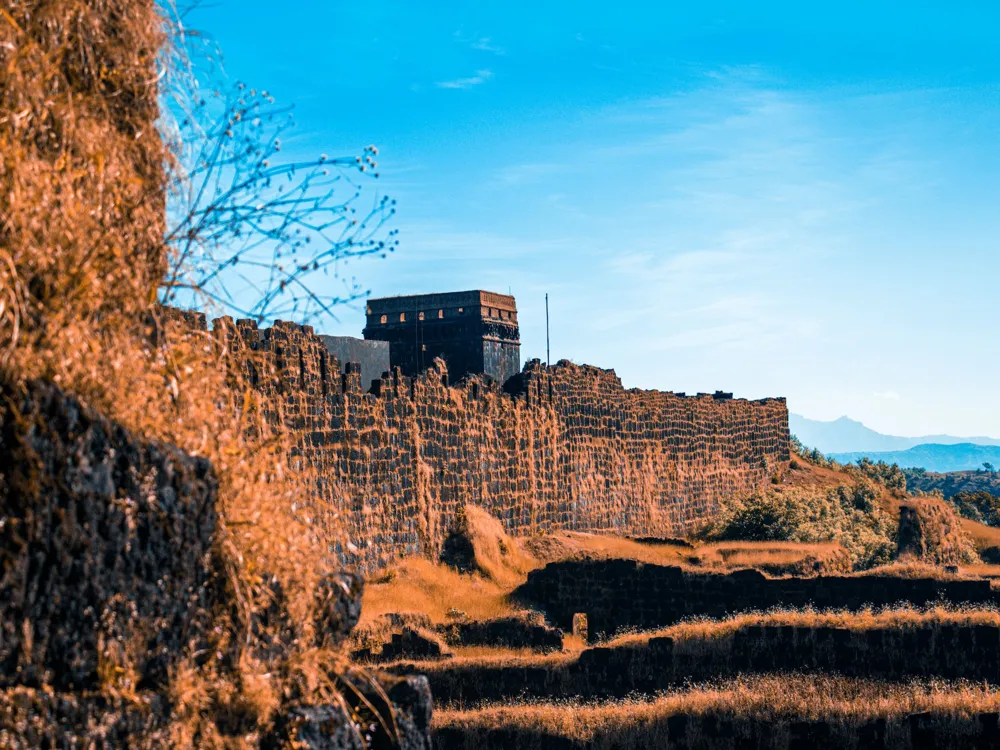Cabo de Rama Beach, nestled in the southern part of Goa, is a spectacular blend of natural beauty and historical allure. The beach, named after the legendary Lord Rama from the epic Ramayana, is a serene escape from the bustling tourist spots of Goa. The coastline is fringed with swaying palm trees, and the soft, white sands invite visitors for a tranquil retreat. The beach is less commercialized, offering an authentic Goan experience. The clear waters are ideal for swimming, while the rocky outcrops provide a perfect backdrop for photographers and nature enthusiasts. The local cuisine, available at nearby shacks, offers a taste of Goan flavors, emphasizing fresh seafood and local spices. The beach is also a gateway to exploring the rich biodiversity of the region, with numerous bird species and lush vegetation. Cabo de Rama Beach's vicinity to the Cabo de Rama Fort adds a historical dimension to the visit. The ancient fort, perched atop a cliff, offers breathtaking views of the Arabian Sea. The fort, steeped in history, is believed to have been occupied by various rulers over the centuries, including the Portuguese who significantly refurbished it. The blend of natural beauty and historical significance makes Cabo de Rama Beach a unique destination in Goa. A visit to Cabo de Rama Beach is not just a beach holiday but an exploration of Goa's natural splendor and historical depth. The quiet and relatively untouched environment makes it a perfect spot for those seeking peace and an opportunity to connect with nature. Cabo de Rama Beach is not just about its natural beauty; it's also about the architectural marvels that surround it. The most prominent structure near the beach is the Cabo de Rama Fort. This historical fortification stands as a testament to the architectural ingenuity of the past. The fort, with its robust walls and strategic location, was designed to protect against invasions and has withstood the test of time. The architecture of the fort is a blend of Indian and Portuguese styles, reflective of Goa's colonial past. The thick walls made of laterite stone, the turrets, and the bastions all point to the military significance of the structure. Inside the fort, one can find the remnants of the barracks, a chapel, and several water tanks, which were essential for the sustenance of the fort's occupants. Apart from the fort, the architecture around Cabo de Rama Beach includes quaint Goan houses, many of which exhibit the typical Portuguese-influenced Goan architecture. These houses are characterized by their colorful facades, ornate balustrades, and tiled roofs. The blend of Indian and Portuguese architectural styles creates a unique cultural landscape that adds to the charm of the region. The architectural journey around Cabo de Rama Beach is a walk through history, where each structure tells a story of the past, cultures that have merged, and the resilience of human ingenuity in architecture. The ideal time to visit Cabo de Rama Beach is from November to March when the weather is pleasant, and the humidity is low. This period offers the perfect conditions for beach activities and exploring the fort. Essential items include sunscreen, hats, comfortable footwear for walking, and a camera to capture the scenic beauty. Carrying water and snacks is advisable as there are limited facilities on the beach. While enjoying the beach, visitors should respect local customs and traditions. Dress modestly when away from the beach and be mindful of local sentiments. Always swim in designated areas and be cautious of the rocky outcrops. It's also wise to keep an eye on personal belongings as the beach can get isolated. Cabo de Rama Beach is accessible via various modes of transportation. The nearest airport is Goa International Airport, from where one can hire a taxi or take a bus to the beach. For those preferring to drive, the beach is well-connected by roads and is a scenic drive from most parts of Goa. Local buses also ply to the area, though they might not be very frequent. For a more adventurous journey, renting a scooter or a bike to navigate the Goan roads can be an exciting option, offering the freedom to explore at one's own pace. Regardless of the mode of transportation, the journey to Cabo de Rama Beach is as enchanting as the destination itself, with lush greenery, quaint villages, and the azure Arabian Sea accompanying travelers along the way. Read More: Overview of Cabo de Rama Beach, South Goa
Architecture of Cabo de Rama Beach
Tips When Visiting Cabo de Rama Beach
Best Time to Visit
What to Bring
Respect Local Culture
Safety Precautions
How To Reach Cabo de Rama Beach
Cabo de Rama Beach
South Goa
Goa
NaN onwards
View goa Packages
Goa Travel Packages
View All Packages For Goa
Top Hotel Collections for Goa

Private Pool

Luxury Hotels

5-Star Hotels

Pet Friendly
Top Hotels Near Goa
Other Top Ranking Places In Goa
View All Places To Visit In goa
View goa Packages
Goa Travel Packages
View All Packages For Goa
Top Hotel Collections for Goa

Private Pool

Luxury Hotels

5-Star Hotels

Pet Friendly







